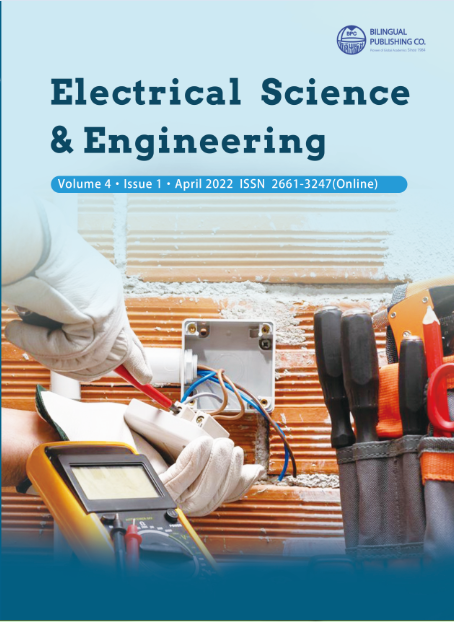-
170
-
159
-
142
-
141
-
131
Water Manipulation through Curvature Energy on Humidity Microparticles
DOI:
https://doi.org/10.30564/ese.v4i1.4529Abstract
The electric field created in a curvature energy sensor on air microparticles is used to obtain a temperature-humidity map  by stereoradially of the sensor design to detect and measure the temperature and humidity of certain local region of the environment space. Likewise,considering the curvature energy as the deviation of any field interaction,even the obstruction to its proper flow, is designed and created a humidityresistor sensor to the control and optimization of humidity in a space with different gradients of humidity, pressure and temperature in a radial detection and measuring. Then the sensing problem is a problem of free boundary conditions where is satisfied an energy functional of norm
by stereoradially of the sensor design to detect and measure the temperature and humidity of certain local region of the environment space. Likewise,considering the curvature energy as the deviation of any field interaction,even the obstruction to its proper flow, is designed and created a humidityresistor sensor to the control and optimization of humidity in a space with different gradients of humidity, pressure and temperature in a radial detection and measuring. Then the sensing problem is a problem of free boundary conditions where is satisfied an energy functional of norm  ,to curvature functions
,to curvature functions  that satisfy in the temperature and humidity function
that satisfy in the temperature and humidity function  the change limit condition
the change limit condition  This carries to that the temperature-humidity sensor must be designed on a length gauge to measure the changes of humidity and temperature in the space.
This carries to that the temperature-humidity sensor must be designed on a length gauge to measure the changes of humidity and temperature in the space.
Keywords:
Curvature energy; Humidity; Mean energy curvature; Spectral curvature; Stereo-radially; Water particlesReferences
[1] Godunov, S.K., 1978. Equations of the Mathematical Physics. Mir Moscow.
[2] Perry, R.H., Green, D.W., 2018. Perry’s Chemical Engineers’ Handbook (9th Edition). McGraw-Hill, New York, USA, ISBN 0-07-049841-5.
[3] Kobayashi, S., Nomizu, K., 1969. Foundations of Differential Geometry. Interscince Publishers.
[4] Bulnes, F., Martínez, I., Mendoza, A., et al., 2012. Design and Development of an Electronic Sensor to Detect and Measure Curvature of Spaces Using Curvature Energy. Journal of Sensor Technology. 2, 116-126. DOI: http://dx.doi.org/10.4236/jst.2012.23017
[5] Bulnes, F., Martínez, I., Zamudio, O., et al., 2015.Electronic Sensor Prototype to Detect and Measure Curvature Through Their Curvature Energy. Science Journal of Circuits, Systems and Signal Processing.4(5), 41-54. DOI: https://doi.org/10.11648/j.cssp.20150405.12
[6] Bulnes, F., Martínez, I., Zamudio, O., 2017. Fine Curvature Measurements through Curvature Energy and their Gauging and Sensoring in the Space. Book of Sensors and Applications in Measuring and Automation Control Systems (Advances in Sensors: Reviews, Vol 4, Chapter 20, (Ed.) Sergey Y. Yurish, IFSA Publishimg, Barcelona, Spain (2017).
[7] Wiederhold, P.R., 1997. Water Vapor Measurement, Methods and Instrumentation. Marcel Dekker, New York, NY ISBN 9780824793197.
[8] Bulnes, F., 2001. Radon Transform and Curvature of an Universe. UNAM Postgraduate Thesis.
[9] Wilczynski, E.J., 1904. Projective Differential Geometry of Curves and Ruled Surfaces. Leipzig B.G.Teubner.
[10] Kobayashi, W., Horst, S., 1983. Topics in Complex Differential Geometry Function Theory on Noncompact Kähler Manifolds. Birkhäuser Basel.
[11] Salam, M.A., Rahman, Q.M., 2018. Fundamentals of Electrical Circuit Analysis. Springer.
[12] Tietze, U., Schenk, C., Gamm, E., 2015. Electronics Circuits: Handbook for Design and Applications, Springer.
[13] Hsu, H.P., 1984. Applied Fourier Analysis. Books for Professionals Collection.




 Francisco Bulnes
Francisco Bulnes





